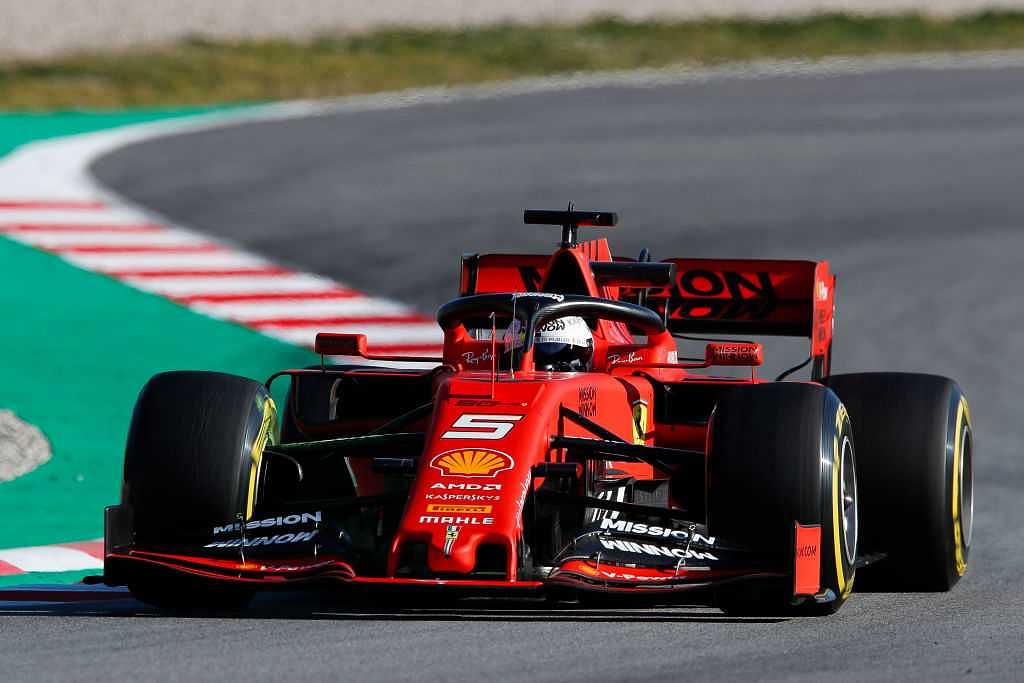In the Spring of 2018, Ross Brawn and his team proposed to bring about new regulations with regards to the front wing designs on the F1 cars.
This was done to make over taking easier than it has been in the previous years and while most teams, fans and drivers want that end result, pretty much no one was deceived into believing that anything drastic was going to be seen anytime before the massive restructuring of 2021.
Week 1 of testing in Barcelona just came to an end and no one is surprised that the wider front wings have not made it easier to overtake as compared to the shorter front wings. What is worrying though is that, this wasn’t an innovation.
Formula 1 has had wider front wings before. It was done with the same purpose and had failed already. The irony is that it was Ross Brawn and his team Brawn GP that had first hand made the best use of those rules and built a car that had proven to be impossible to follow.
Unparalleled Speed. Unprecedented Access.
F1 comes to @Netflix. From the producer of Amy and Senna, go deeper into the world of F1 in this exclusive all access documentary.
Formula 1: Drive to Survive. Coming globally to Netflix on March 8. pic.twitter.com/4grSh7f9vs
— Formula 1 (@F1) February 20, 2019
THREE WEEKS TO GO! 🚦🇦🇺#F1 #AusGP @ausgrandprix pic.twitter.com/VpIEVznXO3
— Formula 1 (@F1) February 24, 2019
The logic behind wider front wings changing the overtaking dynamic is that with shorter front wings the air flow is internalized and pushed downwards, underneath the car.
The air would then be expelled right from the center of the car creating a lot of turbulence for the car following it and thereby making it difficult for cars to follow other cars.
We saw examples of this form Mercedes and Ferrari early in the season where they had to maintain a gap from one another to ensure their tires and engine did not heat up due to closely following one another, thereby being directly in the turbulent air coming out of the back of the leading car.
However, outwash is not a solution. It is the problem that was identified in 2009 and hence F1 had gone back to shorter wings! The outwash of air creates a similar problem that in wash creates.
An F1 car is designed to maximize its potential in clear air. They do not make cars based on the situation of running behind another car. Therefore the design is made with clear air in mind.
So, the front end of a car that follows another will continue facing the same problem due to the fact that the air that is dispelled from the wider front wing will meet again behind the rear wing of the car.
Thereby producing same turbulent air for the car that is following. This situation compares favorably to 2009 because the Rear Wings are wider and higher now reducing the vortices created by the car, but in no way do they improve the situation from last year.
It just brings about a change from the previous year with mitigations to not make the change as bad as it was in the 2009 rendition.
On top of that the higher rear wing has been creating problems for drivers by visibly adding more downforce than most drivers desire, with Niko Hulkenberg saying that the rear wing had him feeling like he was driving with a parachute on the back of his car.
Both Vettel and Hamilton had issues following cars during the Barcelona testing and were critical of the new changes.
Vettel particularly was unhappy with the changes as it doesn’t do anything for the car and a wider front wing means a greater risk of damage to it along with less ability to run close to each other on the corners where every millimeter matters.
Racing Point’s Andy Green put it best when he said, “We do not build cars that make driving easier for the rear car. We see that our car is as fast as possible. And to do this, the air must pass the outside of the wheels. As long as we see the chance to do that, we will do it.”
The only saving grace might come form the fewer elements now permitted on the front wing that will reduce the teams abilities to create a perfect outwash. However, we will not find out about how well that works before the first Grand Prix in Melbourne.
So with overtaking expected to be just as difficult this season as it has been over the past few seasons, expect the top of the pack to remain as much in control as before and qualifying for positions be the real battle for most teams.



